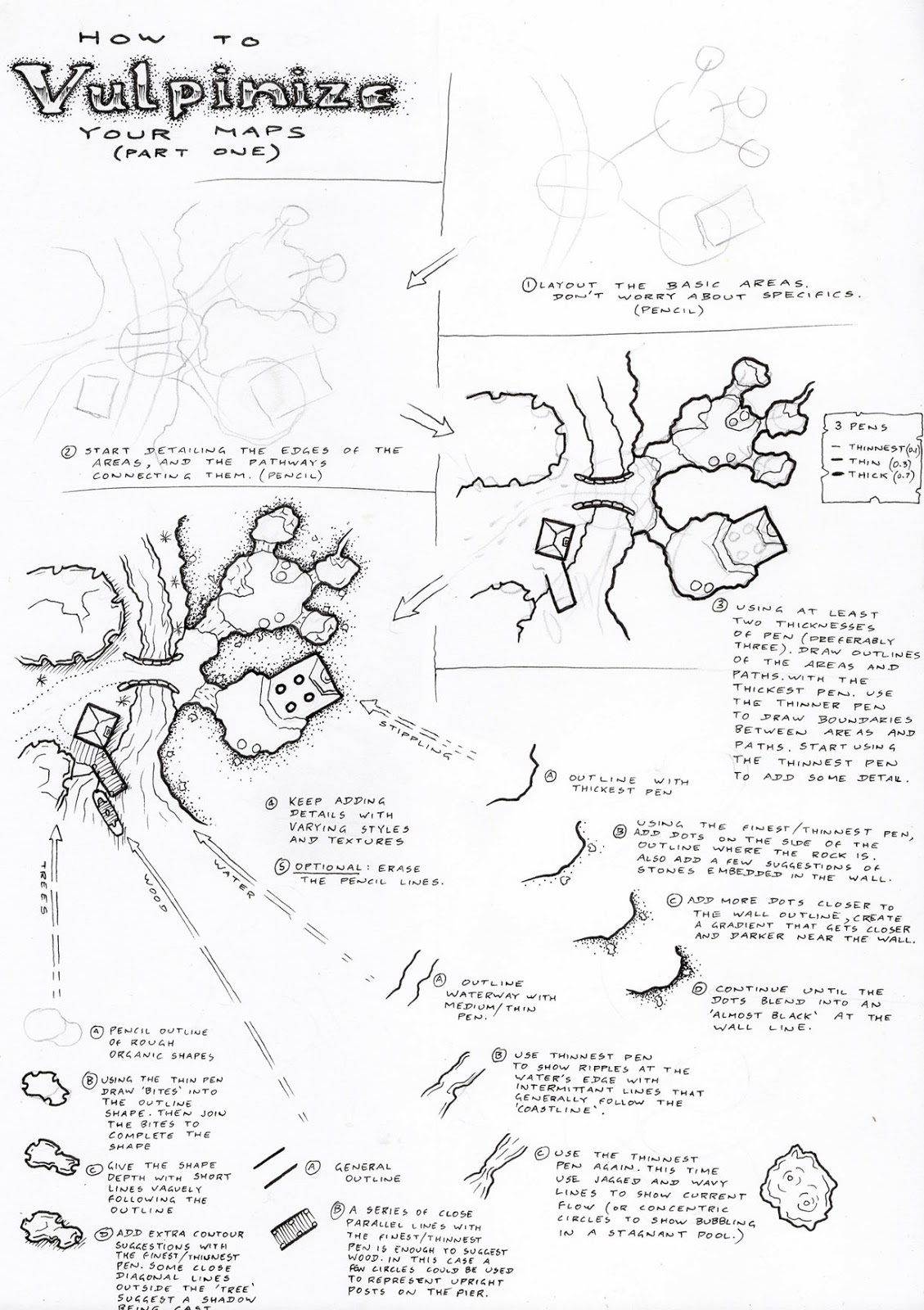An aside... (regarding folk tales)
Both "Bustle in your Hedgerow" and "Walkabout" are games about stories, and about the mythlore underlying reality versus the impact of individuals. Sort of...
...it's actually a fairly common theme through a lot of my games. So naturally when this came across my feed, it got my attention.
The first volume of the Grimms’ “Children’s and Household Tales” was published in December of 1812. It contained 86 stories, including classics like “Rapunzel,” “Hansel and Gretel,” “Snow White,” “Rumpelstiltskin,” “Briar Rose,” and “Little Red Riding Hood,” along with extensive footnotes. Critics weren’t sure what to make of a collection of “children’s tales” that came with scholarly addenda and sexual innuendos. For the Grimms, what mattered was to be authentic, not appropriate, and fairy tales, across many literary traditions, weren’t always intended for children.
Then, there was the matter of the Grimms’ language—sparse, hectic, visceral, unfiltered. In the preface, the brothers boasted of the collection’s fidelity to their sources: “No circumstance has been poeticized, beautified, or altered.” Well, that much was clear, complained the Grimms’ old friend Clemens Brentano. “If you want to display children’s clothes,” Brentano wrote, “you can do that with fidelity without bringing out an outfit that has all the buttons torn off, dirt smeared on it, and the shirt hanging out of the pants.”
But the Grimms wanted to preserve the culture of the common folk, not to make the folk sound cultured. Their aim in collecting folklore—alongside the fairy tales, they published legends, songs, and myths—was to create a cohesive national identity for German speakers. The brothers believed that shared language and cultural traditions could be the connective yarn of a people, their people. “All that was needed was a fellow, or two, to come along with a spinning wheel,” Jennifer Wilson writes. Read about the Grimms’ quest to bring forth an authentically Teutonic spirit—a story both enchanting and disenchanting:


.png)

Comments